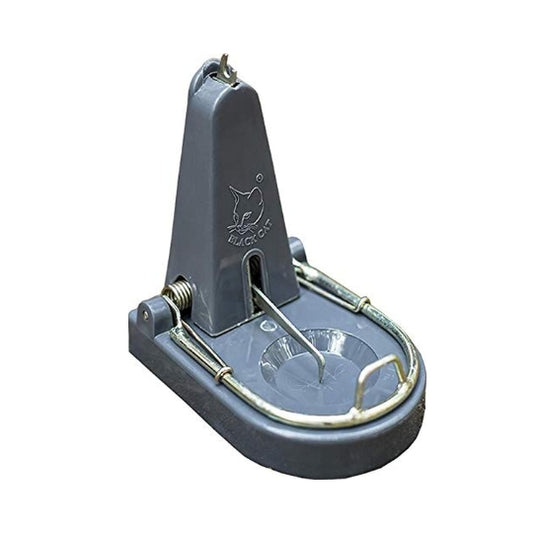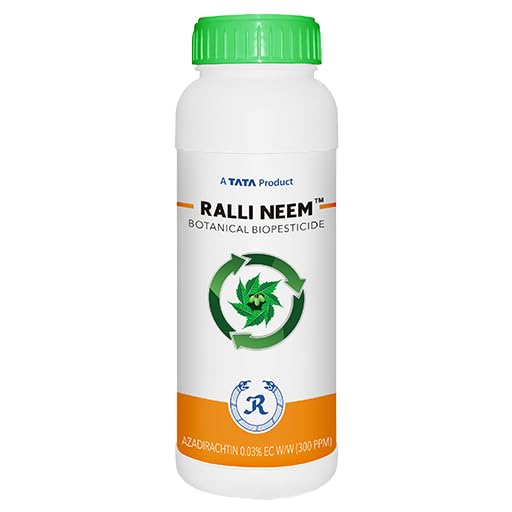15 Points for Strategic Weed Management in India
Share
There are many tools available to farmers for weed management, including herbicides, mechanical weeding, and cultural practices. However, the most effective approach is to use an integrated weed management (IWM) strategy. IWM combines different methods of weed control to provide long-term control and minimize the risks of herbicide resistance.
Here are 15 points for strategic weed management in India:
- Choose the right crop rotation.
- Use cover crops to suppress weeds.
- Apply herbicides at the right time.
- Use mechanical weeding methods.
- Hand-weed regularly.
- Manage water levels to prevent weed growth.
- Use mulch to suppress weeds.
- Plant densely to shade out weeds.
- Select varieties that are resistant to weeds.
- Use biological control methods to control weeds.
- Practice integrated weed management.
- Monitor weed populations regularly.
- Adjust your weed management strategy as needed.
- Be proactive in your weed management efforts.
- Work with other farmers to share information and best practices.
By following these points, Indian farmers can improve their weed management practices and protect their crop yields.
Other points:
- Use crop residue to suppress weeds.
- Time your plantings to avoid weed flushes.
- Use water conservation practices to reduce weed growth.
- Monitor your fields for new weed species.
- Train your workers in proper weed control methods.
- Keep records of your weed management practices.
Weed management is an ongoing challenge, but by following these points, Indian farmers can make significant progress in reducing weed problems and improving crop yields.










